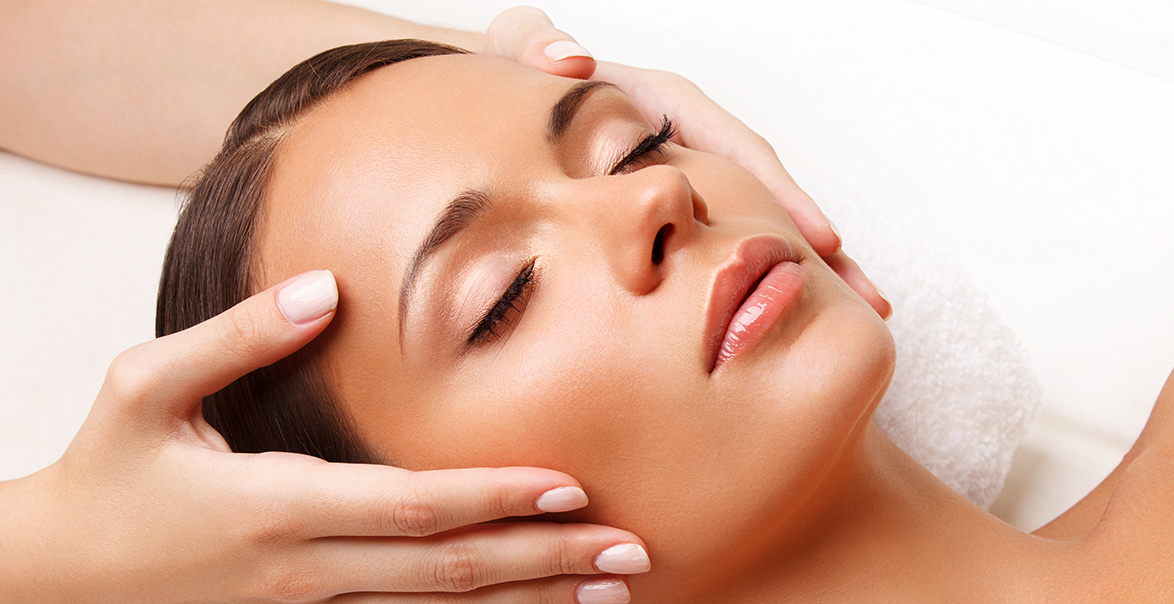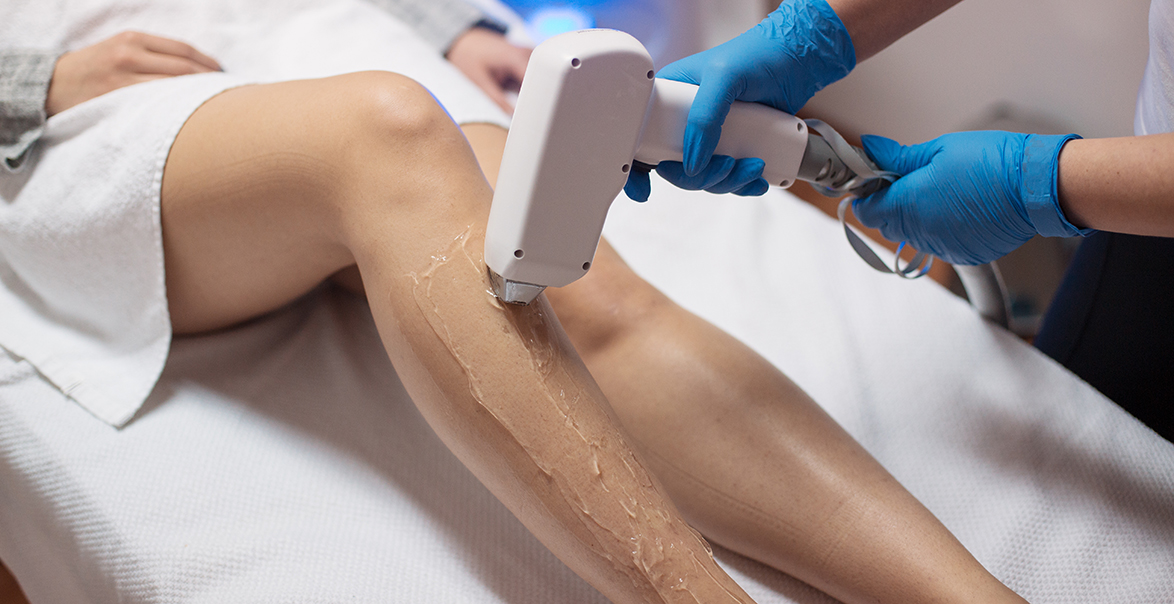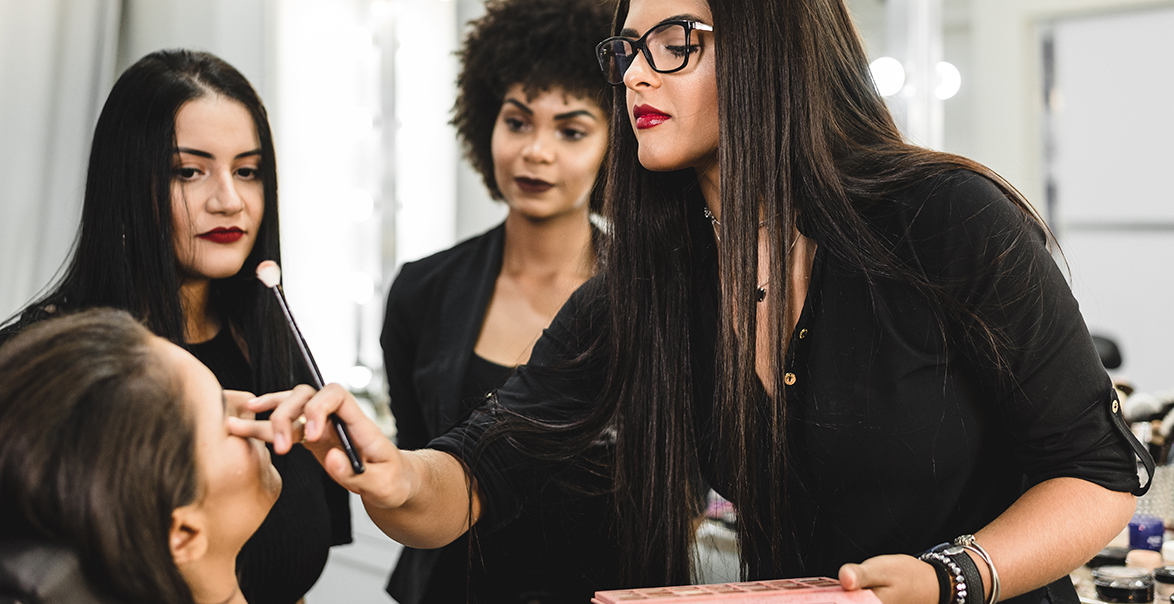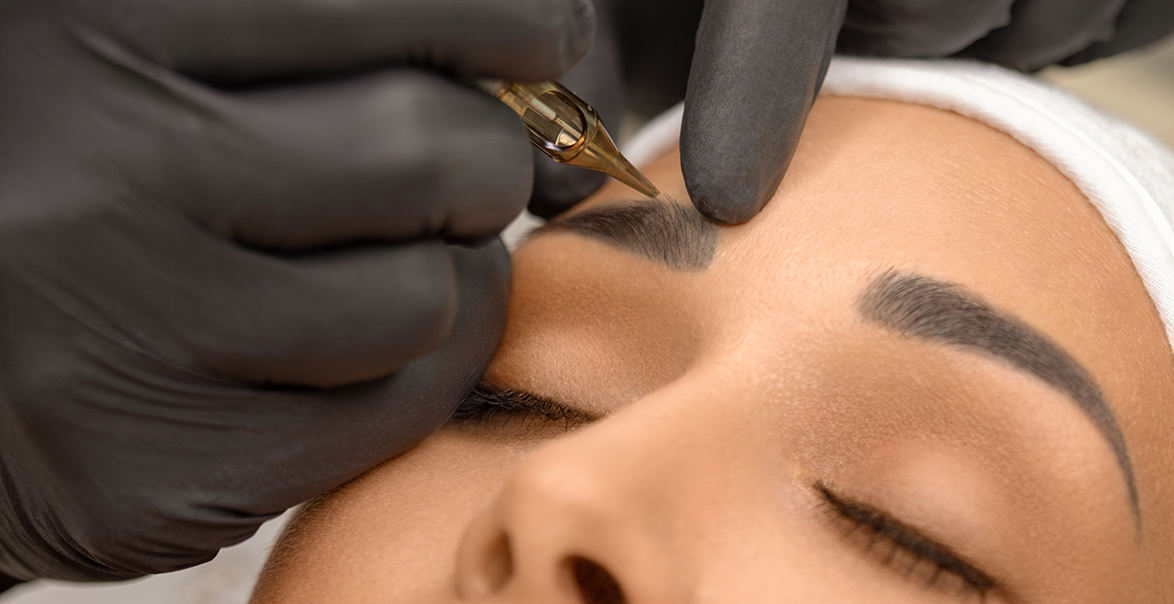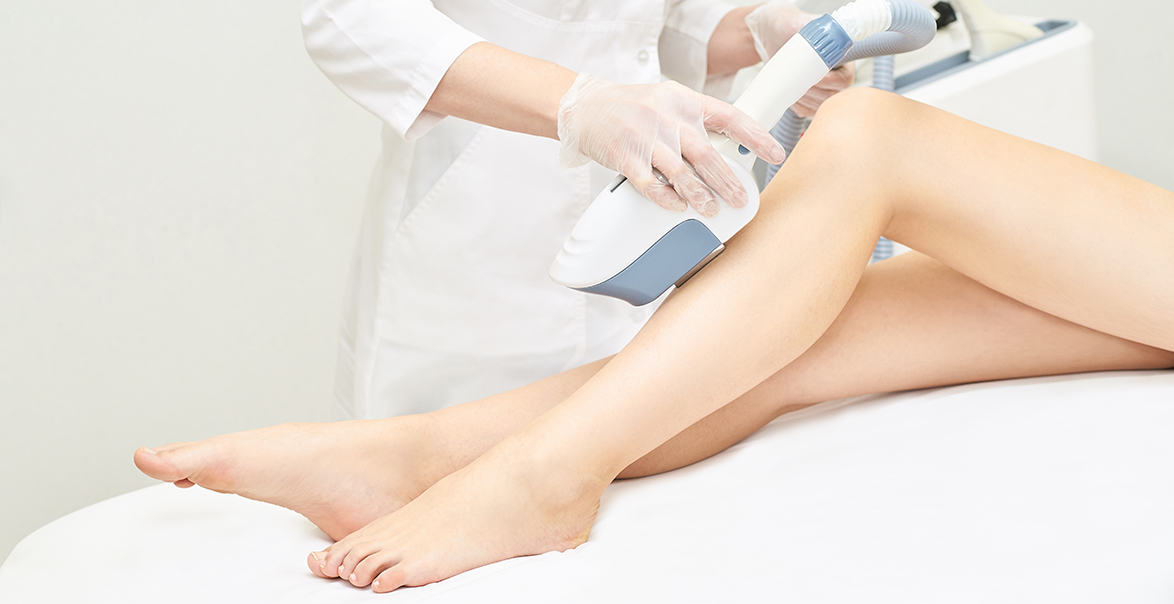When Kim Kardashian posted an Insta photo of herself with her face covered in blood, she started the vampire facial trend. If you haven’t heard of it, a vampire facial is a dermatological treatment that uses your blood to stimulate collagen production. The process of micro-needling, which is known as Collagen Induction Therapy or PRP, has become fashionable among A-listers and celebrities. If you’re curious about how anti-aging therapy works and what goes into it, keep reading to learn more.
What Is A Vampire Facial? How Does It Work?
The term “vampire facial” was coined by the beauty business to describe this treatment. This procedure is referred to as a platelet-rich plasma (PRP) facelift or therapy. It’s a therapy that consists of micro-needling your skin and then applying platelet-rich plasma or PRP on it.
The PRP is drawn from your blood. The blood contains a high amount of platelets, which include a slew of growth factors. These growth factors, when applied to your skin, aid in the increased cell turnover rate. Growth factors promote collagen and elastin production as well as skin hydration. They also include antioxidants in your skin. This treatment also improves the ability of your skin to absorb other skincare products, allowing you to use them more effectively.
To summarize, a vampire facial uses your blood to stimulate healthy cell function.
Initially, the blood facial treatment may seem extremely unpleasant, but it isn’t. So, what happens during the therapy? Take a look at the procedure below to find out.
Vampire Facial: The Procedure
Here’s what happens when you go for a vampire facial or PRP facial:
The skin care specialist will take a sample of blood from your body.
Platelets will be collected from your blood. The layers of the blood are separated at high speed using a centrifuge. Platelet-rich plasma is obtained from it after the other components have been removed.
The platelets are then applied to your skin through microneedling or microdermabrasion. The platelets fool your skin into thinking that it has been injured, causing it to produce more collagen.
The procedure is not a pleasant experience, and there will be some discomfort. It all depends on your pain threshold. So, why go through all this? Are there any advantages to doing so?
What Are The Benefits Of A Vampire Facial?
The platelet-rich plasma, as previously said, contains growth factors that promote collagen development and elasticity in the skin. This treatment aids in the following processes:
- Improve the appearance of fine lines and wrinkles
- Improve your skin texture
- Reduce the size of the skin pores
- Improve the appearance of acne scars
- Improve the plumpness of your skin
- Give you a youthful glow and smooth skin
- Improve the effectiveness of skincare products
This non-surgical cosmetic surgery is suited for those who don’t want to undergo another major surgical procedure. Although it has become a popular trend and is referred to as the key to eternal youth, it comes with several risks.
Are There Any Risk Factors Involved?
The vampire facial is a skin care treatment that has become increasingly popular, and it may help with numerous skin problems, but it also comes with a list of potential negative effects. Here are a few side effects of the procedure:
1. It Could Cause An Infection
There have been a few reports (according to news accounts) of individuals being exposed to blood-borne diseases such as Hepatitis B and C, as well as HIV. When a procedure is done incorrectly, without the right tools, proper infection control procedures, and medical attention, an adverse reaction can result. Typically, people who are not trained in the procedure carry it out unsupervised at spas. So, if you’re thinking about getting a vampiric facial, be sure the medispa is skilled in performing them.
2. It Is Painful
Yes. Kim Kardashian regretted having a vampire facial done because it was so painful (she didn’t use any numbing gel since she was pregnant). It’s preferable to avoid this if you have a low pain threshold..
3. It May Cause Inflammation
During the treatment, inflammation and bruises are very frequent (if you remember singer Kerry Katona, whose face was swollen after getting a vampire facial). To guarantee that the inflammation subsides, you must follow an appropriate wound care procedure.
A vampiric facial is a cosmetic treatment that includes micro needling and the application of plasma-rich platelet from your blood to your face. Platelets in the serum of your blood stimulate collagen production and improve skin hydration. Vampire facials enhance the skin’s texture, reduce acne scars, wrinkles, and fine lines, leaving you with smoother, healthier skin. Vampire facials, on the other hand, may cause a variety of problems, including blood-borne illnesses and inflammation. Before deciding whether to have a vampire facial, talk with your doctor about the procedure’s benefits and risks.
Vampire Facial vs. Vampire Facelift, What is the difference?
We get this question all the time, so I’d like to highlight the similarities and differences between these two often offered therapies.
To begin, let’s look at how they are similar: Both procedures utilize your growth factors to enhance the aesthetic aspect of your face. Each person has hundreds of different growth factors in their platelets. We can extract your blood and concentrate your platelets (platelet rich plasma) without removing the other cells that aren’t important to our research. We then deceive your platelets into believing that you’ve been injured, allowing them to release these growth factors. The Vampire Facial and Facelift are two distinct procedures.
The major component of your blood is liquid plasma, with smaller amounts of solid components like red cells, white cells, and platelets. Platelets aid in the formation of clots and contain important healing proteins.)
The Vampire Facial procedure, called microneedling, creates a large number of tiny channels in your skin to allow the growth factors in your serum to reach a deeper layer of your skin where cell development occurs. The Vampire Facial uses a minimally invasive technique to smooth the texture of the skin, reduce pore size, and minimize any scarring that is visible but not affecting volume of the face. Although blood is taken from you, there are no injections with the Vampire Facial.
The Vampire Facelift combines your facial growth factors with commonly used hyaluronic acid (HA) dermal fillers. The fillers are first injected into your face to provide a framework for the growth factors and improve volume. Then your filler is injected into the sites of the filler to help increase volume and tone. Depending on your personal objectives, you may need additional fillers.
Vampire Facelift Treatment Process
The Vampire Facial and the steps that follow are comparable to each other, but the use of dermal fillers distinguishes the treatment. They inject dermal fillers into your face after completing your consultation and obtaining blood.
To induce stem cells in the skin, they then inject the prepared platelet rich plasma into specific regions of the face. Tissue regeneration, or the formation of new tissue in the treatment area, is induced by multipotent stem cells. This causes an increase in volume and skin rejuvenation over time.
2-3 months after your laser treatment, the changes in your skin will have stabilized. Depending on your skin, lifestyle, and other anti-aging treatments you may use, the effects can last anywhere from 1 to 2 years.
Learning How Vampire Facials And Vampire Facelifts Work At NIMA
Adding this information to your resumé puts you at a significant advantage in the field of aesthetics. You’ll learn how to make good use of PRP therapy’s restorative properties. The internationally renowned Dr. Charles Runels came up with these procedures. After completing this course, you will be qualified to use the trademarked names, which can distinguish you in today’s aesthetic market. This in-office technique may bring in new clients and a steady cash flow. You’ll be ready to start providing services after this course is completed.
If you’re interested in how to find facial schools near you, click here to learn more.
Learning Objectives For Vampire Facials
- Discuss the science supporting the use of PRP Platelet Rich plasma in aesthetic medicine and facial rejuvenation
- Discuss the science supporting the use of microneedling in aesthetic medicine and facial rejuvenation
- Understand client selection & pre & post care
- Setting up realistic expectations and treatment intervals
- Understand the set up and process of Vampire Facial Protocol
Learning Objectives For Vampire Facelifts
- Discuss the science supporting the use of PRP Platelet Rich plasma in aesthetic medicine and facial rejuvenation
- Understand client selection and pre- and post-care
- Setting up realistic expectations and treatment intervals
- Understand the setup and process of Vampire Facelift™ protocol
Final Thoughts On Vampire Facials
Overall, vampire facials are a minimally invasive way to achieve younger and healthier-looking skin. As with any aesthetic procedure, it is important that you consult with a board certified plastic surgeon or dermatologist to determine if this treatment is right for you.
During your consultation, your doctor will assess your individual needs and develop a treatment plan that is best suited for you.
If you’re considering becoming certified, NIMA has plenty of information on the subject. We offer comprehensive courses that will teach you everything you need to know about vampire facials and facelifts. Visit our website or give us a call today to learn more!




